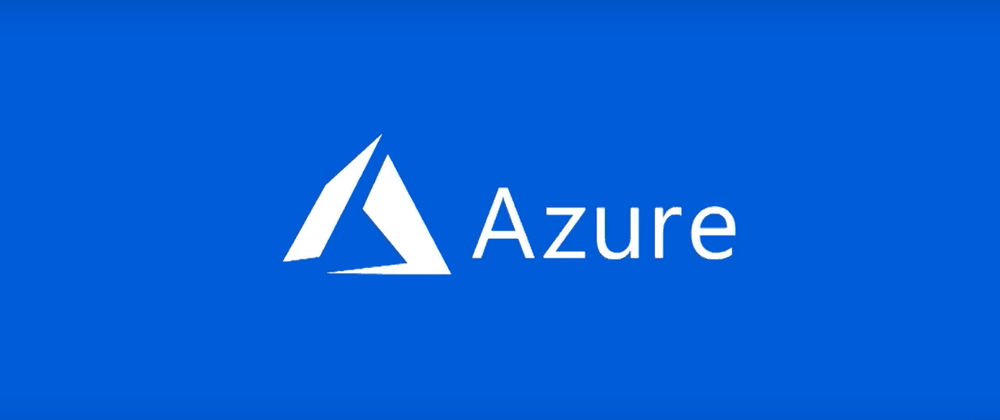Azure Storage provides developers with a wide range of possibilities for storing any data that you may use for an app development.
It's important to mention that Azure Storage is a scalable, highly available, secure service.
Azure Storage it a set of services which help to store, access and manage data:
- Blob Storage
- Queues
- Tables
- File Shares
Blob storage is a service for storing any types of data, for example text or binary files.
First of all, you can store any data and have an access from any place on the world. Your data will be accessible via HTTP or HTTPS.
Azure provides geo regions and availability zones for safely storing all your data. In order to keep everything guarded you can replicate storages in different region with zone-redundant storage. although, simple locally redundant storage copies everything three time within a single data center in a geo region. Or it is possible to copy data among other geo regions.
Then, your data can be protected from destroying and accidently deletion with soft deletion. Also, it is possible to track modifications with snapshots and restore any state.
Moreover, blob storage enable you to configure secure access for your files. It can be archived by using Active Directory, or Shared Key for requests, or Shared Access Signature.
Queues is a great tool for acquire communications between apps. This service provides message queues for large number of messages. It can be accessible using HTTP or HTTPS. In addition, it also has redundancy options for data replications.
Tables is a NoSQL storage for schemaless data. However, Azure has CosmosDB for the same purpose that has more abilities for high performing.
File Shares offers file shares with NFC and SMB protocol for cloud or on-premises deployments.
Every Azure Storage service has API access and C#, Node.js, Java, Python, PHP, Go SDKs for fast and effective development. Also, Azure Storage Explorer is a good tool for visualizing and managing all these services.
Reference:
https://docs.microsoft.com/en-us/azure/storage/common/storage-introduction






Oldest comments (0)